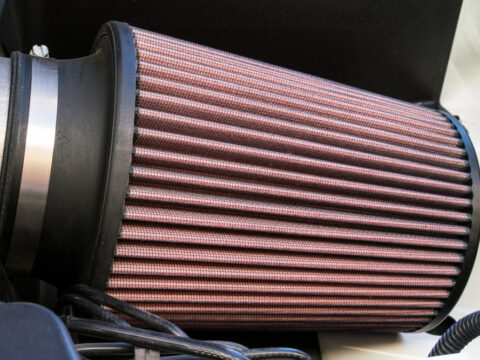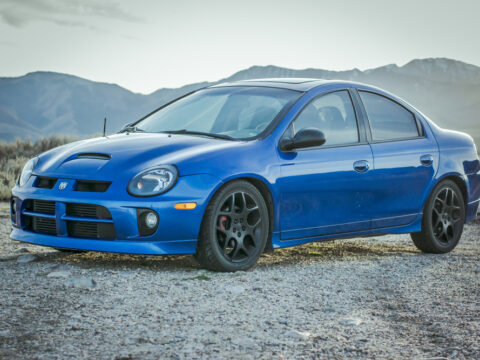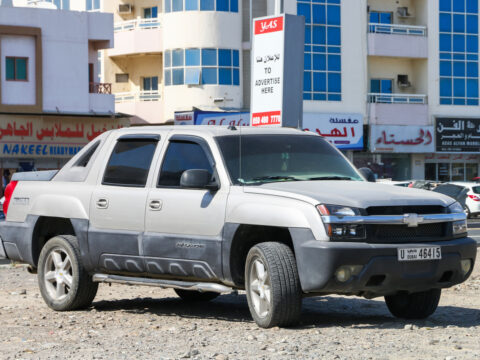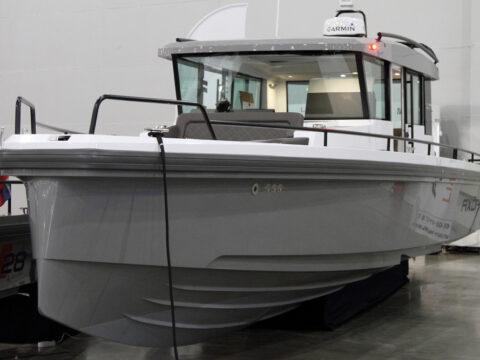Vintage Ducati motorcycles are rich in history, innovation, and unique stories that many enthusiasts might not know. From groundbreaking designs to rare models, these bikes have a fascinating legacy that goes beyond their iconic status. In this article, we’ll explore 11 uncommon facts about vintage Ducatis that showcase the brand’s remarkable journey in the world of motorcycling.
Contents
The Ducati Cucciolo’s Origins
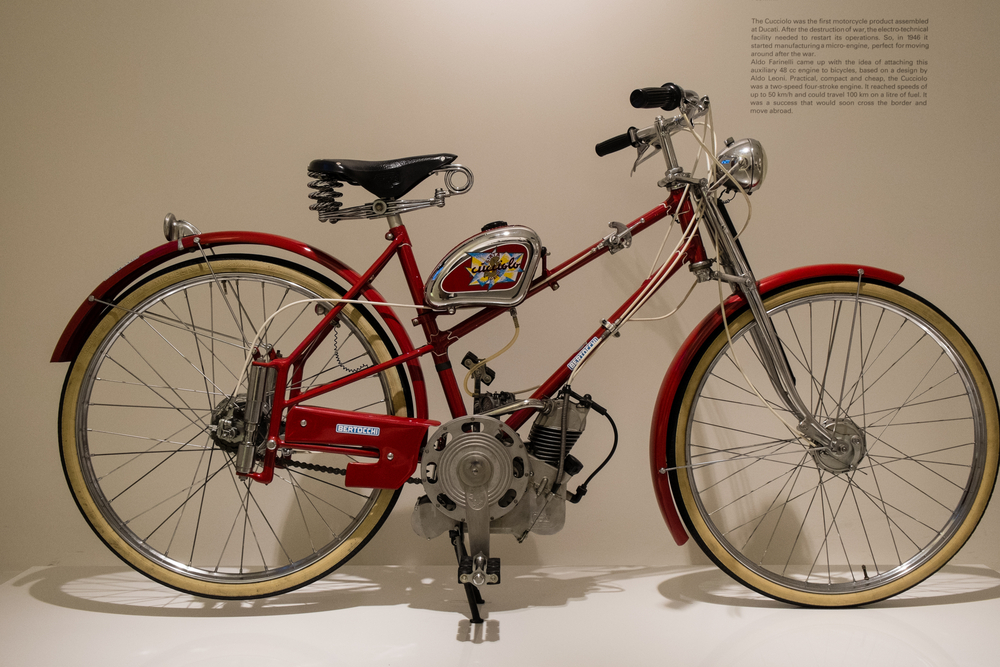
The Ducati Cucciolo started as a motorized bicycle attachment in the post-WWII era, before evolving into the company’s first motorcycle. The name “Cucciolo,” which means “puppy” in Italian, was inspired by the small, high-pitched sound of its engine. This simple yet innovative design laid the foundation for Ducati’s transition from engine manufacturing to full-scale motorcycle production by 1950.
The Scrambler’s American Influence

Though iconic today, the Ducati Scrambler was initially created with the American market in mind during the 1960s. Ducati’s American distributor, Berliner Motor Corporation, requested a bike that would resonate with the U.S. off-road riding culture. The Scrambler, combining Italian engineering with American ruggedness, quickly became a hit in the United States.
Desmodromic Valve System Pioneering
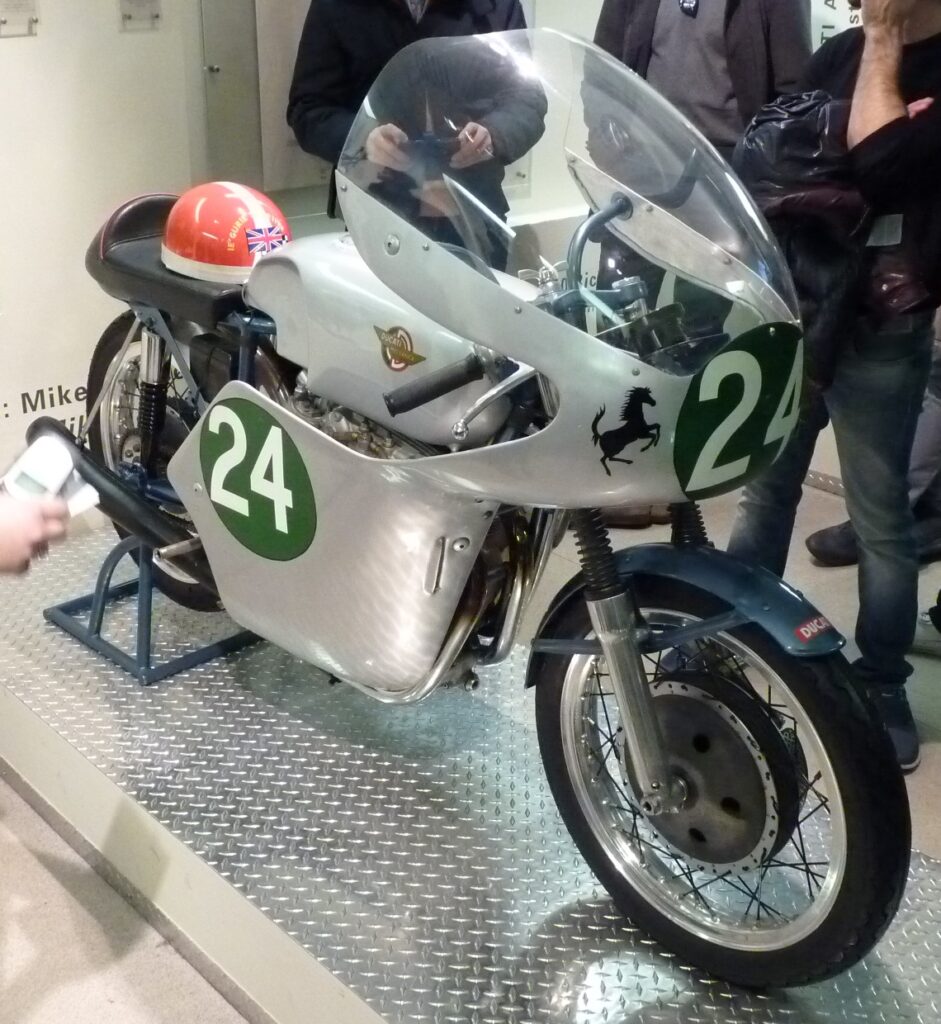
Ducati’s famed desmodromic valve system made its production debut in 1968 with the 250 Desmo. Engineered by Fabio Taglioni, this system uses cams to both open and close the engine valves, enabling higher revs and more precise timing. The desmodromic system gave Ducati a performance edge, setting it apart from competitors.
The Birth of the “L-Twin” Engine
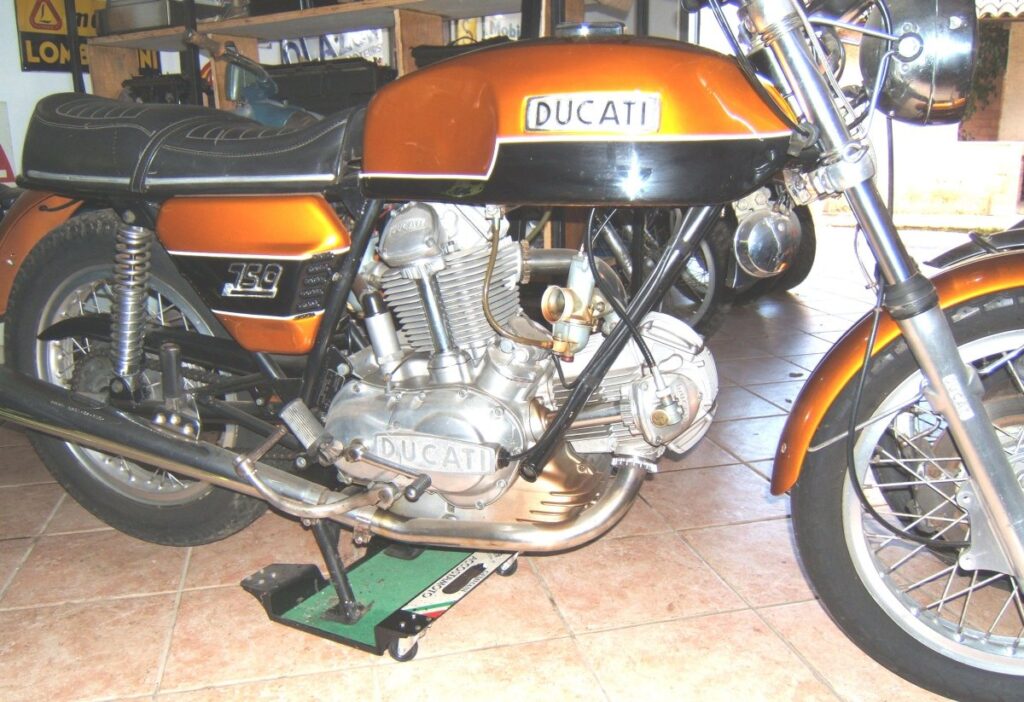
In 1971, Ducati introduced its signature L-Twin engine layout with the 750 GT. This 90-degree V-twin configuration provided superior balance and a lower center of gravity, significantly improving handling. Since then, the L-Twin engine has become synonymous with Ducati’s high-performance motorcycles.
Ducati’s Relationship with Car Designers
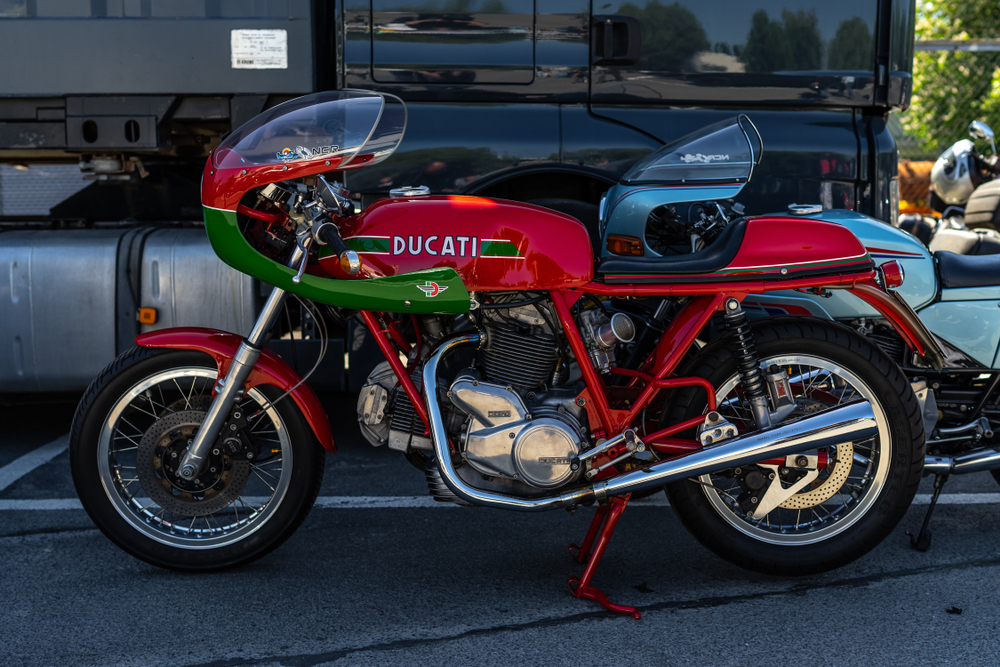
Ducati has a history of collaborating with car designers, notably Giorgetto Giugiaro, who designed the Ducati 860 GT in 1974. Known for his work on the DeLorean and Volkswagen Golf, Giugiaro introduced a futuristic, angular design to the motorcycle. Initially controversial, the 860 GT’s design is now celebrated as a classic example of 1970s motorcycle aesthetics.
Ducati’s V4 Experimentation
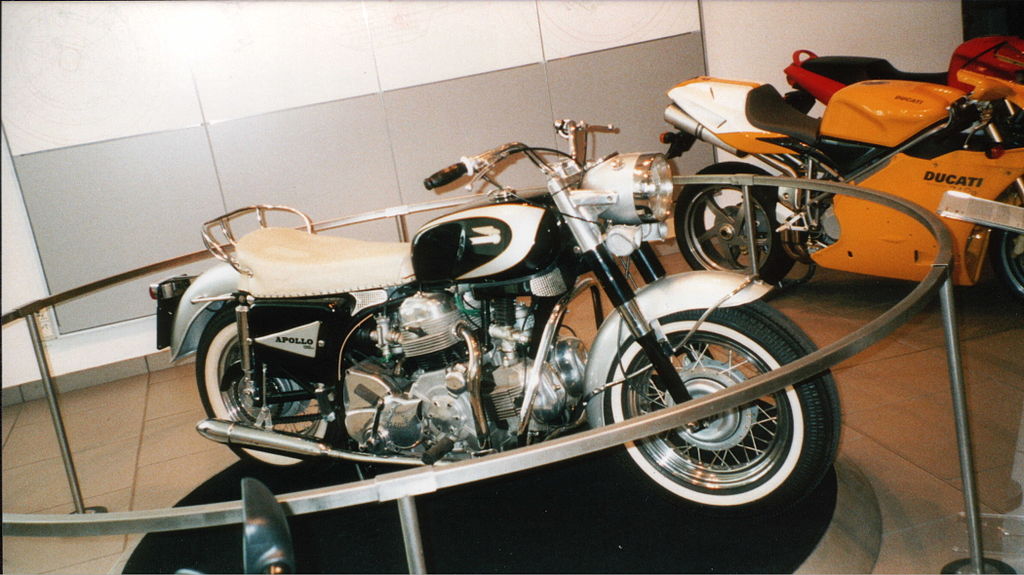
Decades before the Panigale V4, Ducati experimented with a V4 engine in the 1960s with the Ducati Apollo. Intended to rival Harley-Davidson in the police bike market, the 1,200cc V4 engine was ultimately too powerful and heavy for practical use. As a result, only a few prototypes were made, making the Apollo one of Ducati’s rarest models.
The Single-Cylinder Era
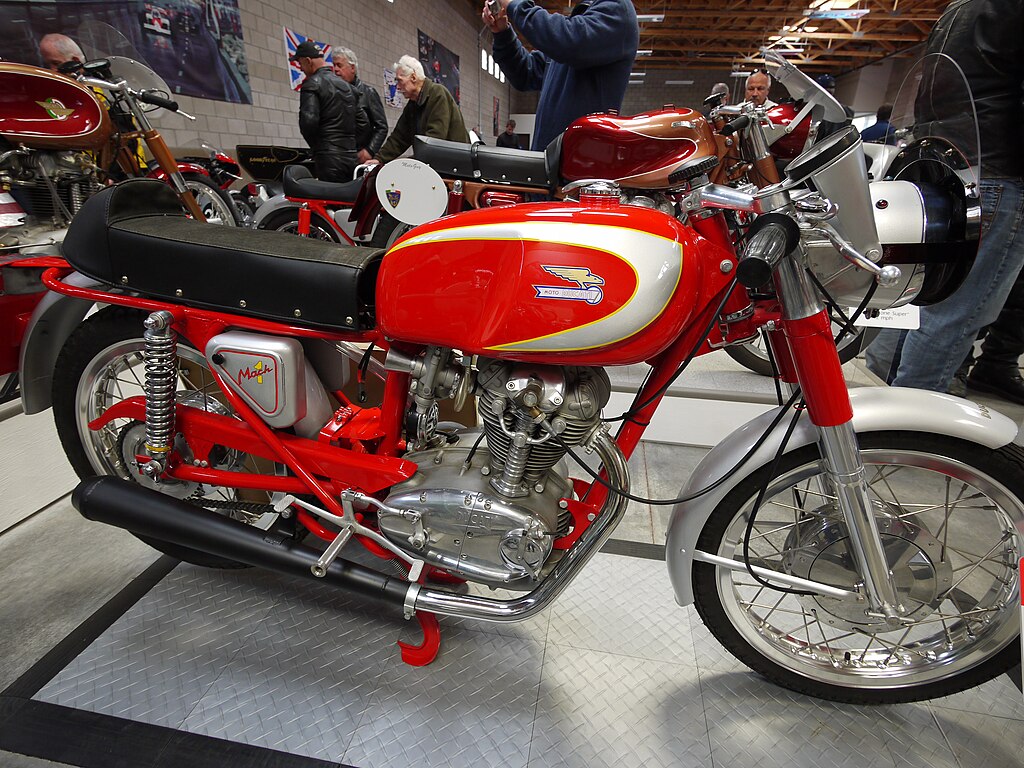
During the 1950s and 1960s, Ducati was known for its single-cylinder motorcycles, such as the 250 Mach 1. These lightweight, fast, and affordable bikes were popular among racers and enthusiasts. Ducati’s single-cylinder models helped establish the brand’s reputation for high-performance engineering in smaller engine classes.
The 900 SuperSport’s Movie Debut

The Ducati 900 SuperSport gained fame beyond the motorcycle world when it appeared in the 1977 film Rush starring Steve McQueen. Known for its sleek design and powerful engine, the bike quickly became a symbol of speed and coolness. Its movie appearance significantly boosted the model’s popularity and solidified its status as a classic.
The Mythical 916 Design
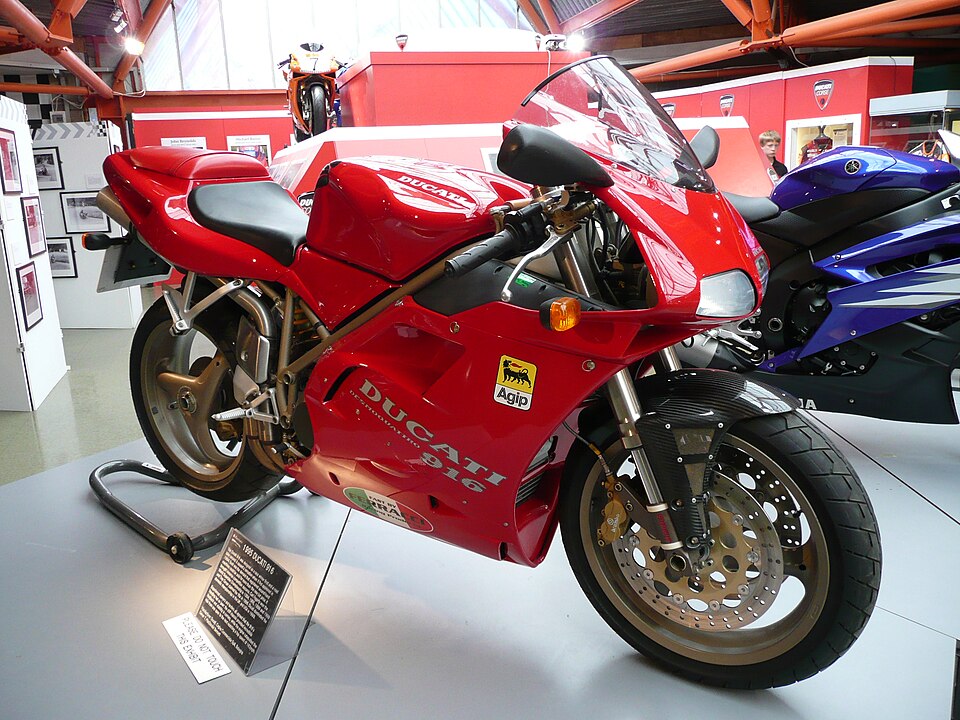
Introduced in 1994, the Ducati 916 is often hailed as one of the most beautiful motorcycles ever made. However, its design was heavily influenced by the earlier Ducati 888 and 851 models. Designer Massimo Tamburini incorporated innovative features like the underseat exhaust and single-sided swingarm, creating an instant icon.
The Supermono’s Racing Legacy
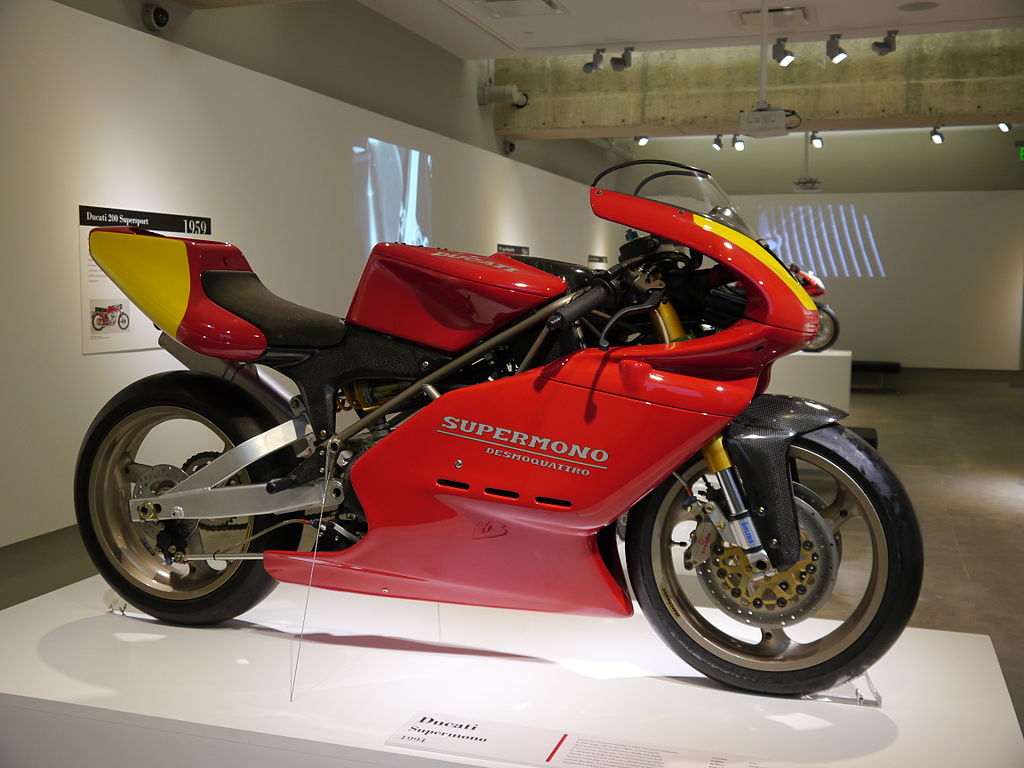
The early 1990s saw the production of the Ducati Supermono, a single-cylinder racing bike that pushed the boundaries of lightweight performance. With only 67 units ever made, the Supermono was intended for a racing series that never fully materialized. Despite its limited production, the Supermono left a lasting impact on Ducati’s racing heritage.
The Café Racer Influence
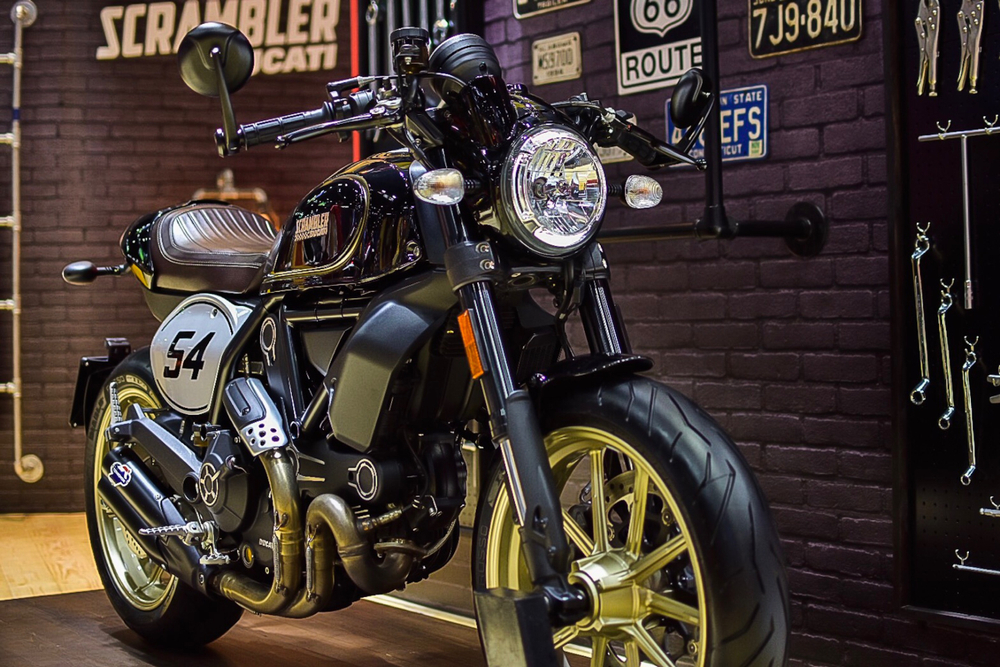
During the 1960s, Ducati motorcycles gained popularity among café racers who modified their bikes for speed and style. Ducati’s lightweight, single-cylinder models were particularly favored for their performance and aesthetics. This trend not only influenced motorcycle culture but also inspired Ducati to embrace the café racer aesthetic in future models.
The Ducati Paso’s Controversial Design
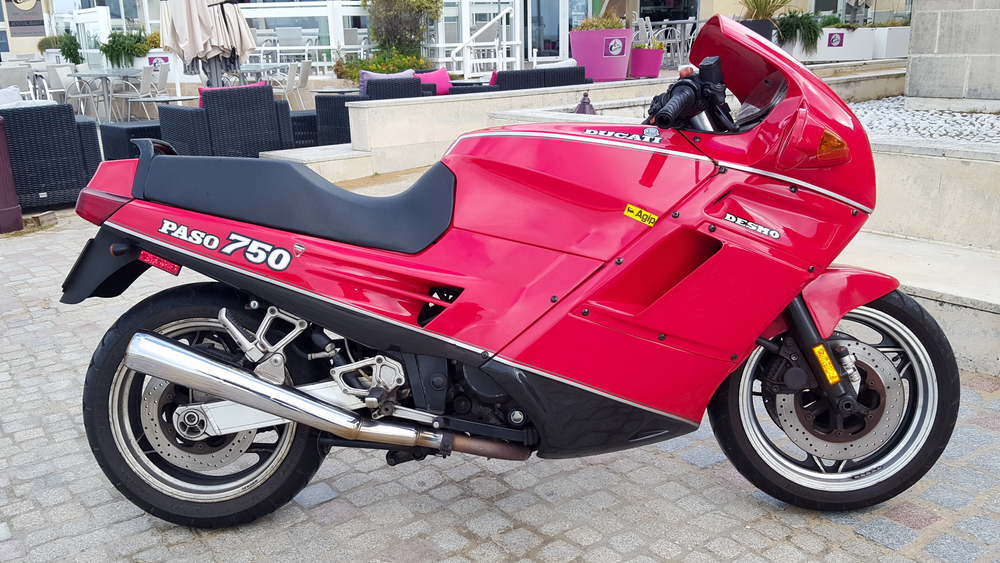
The 1986 Ducati Paso introduced a radical new design that was a departure from the brand’s traditional look. Featuring fully enclosed bodywork, the Paso was designed by Massimo Tamburini and was highly unconventional at the time. Although polarizing, the Paso marked a significant step in the evolution of motorcycle aerodynamics.
This article originally appeared in MyCarMakesNoise.
More from MyCarMakesNoise
20 Rare Honda Vehicles You’ve Probably Missed
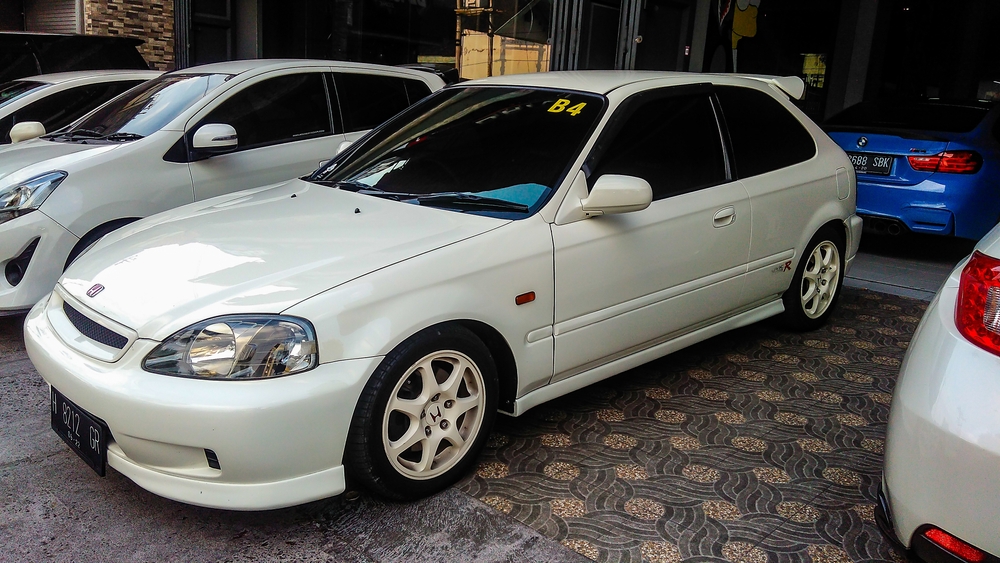
From sporty roadsters to innovative electric vehicles, Honda has consistently pushed the boundaries of automotive design and technology. However, some of their most intriguing creations have remained relatively obscure, produced in limited quantities or reserved for specific markets. Read More.
Top 20 Vintage Motorcycles Appreciating in Value
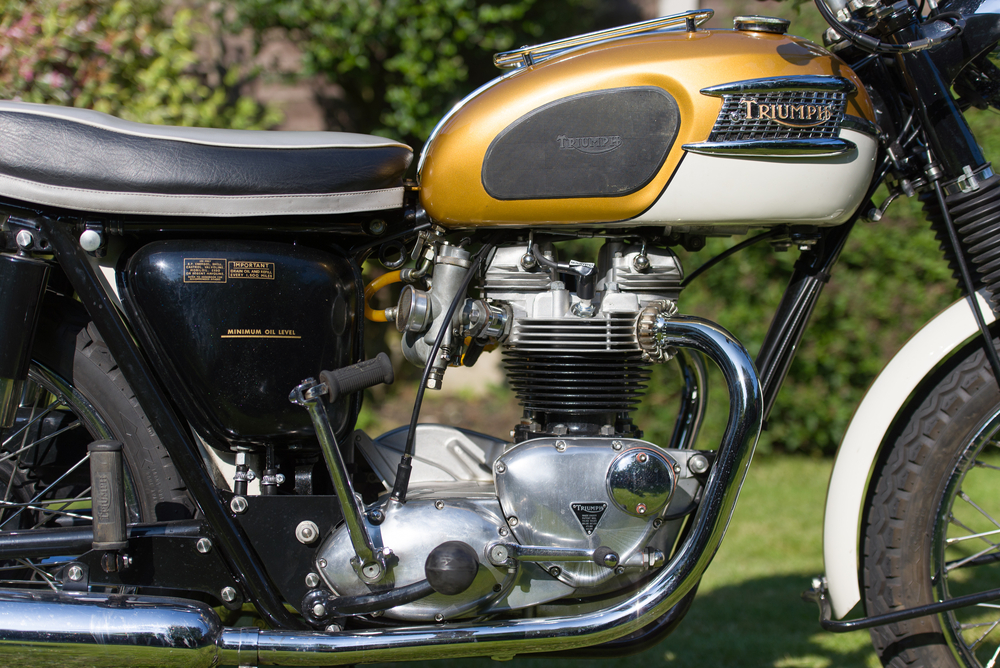
If you’re a motorcycle enthusiast or collector, now is the perfect time to explore the world of vintage bikes. Some classic models are not only iconic but also seeing significant increases in value. Read More.
25 Overhyped Sports Cars You’ll Want to Avoid
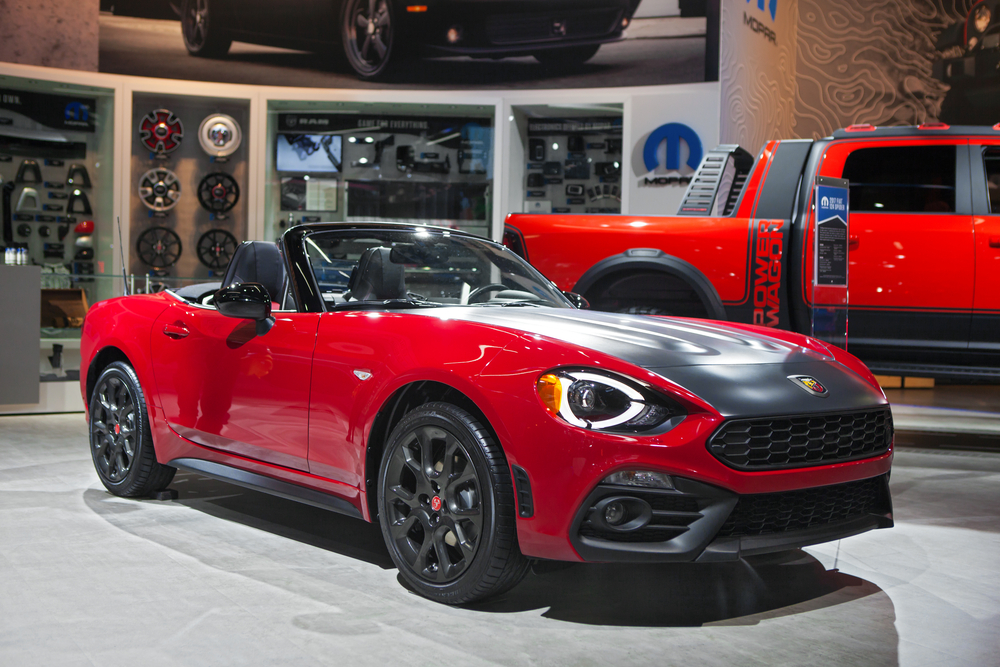
When it comes to sports cars, the allure of speed and sleek design can be irresistible. However, not all sports cars live up to their flashy looks and high price tags. From frequent breakdowns to disappointing performance, some models are more trouble than they’re worth. Read More.

